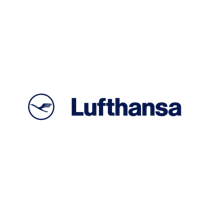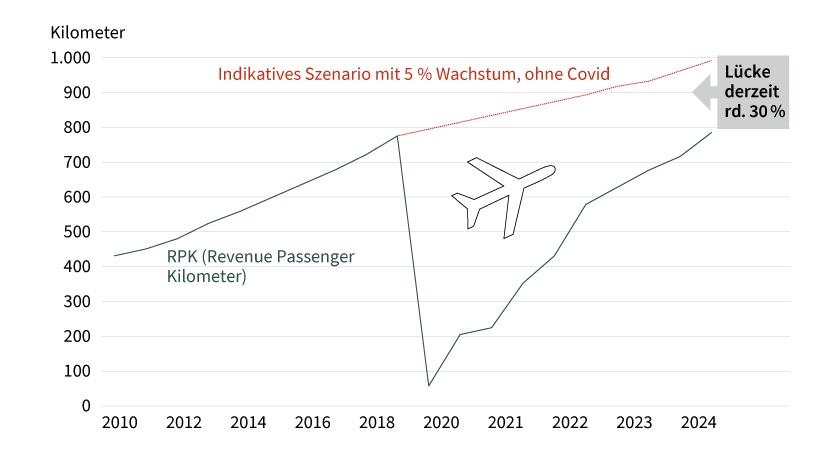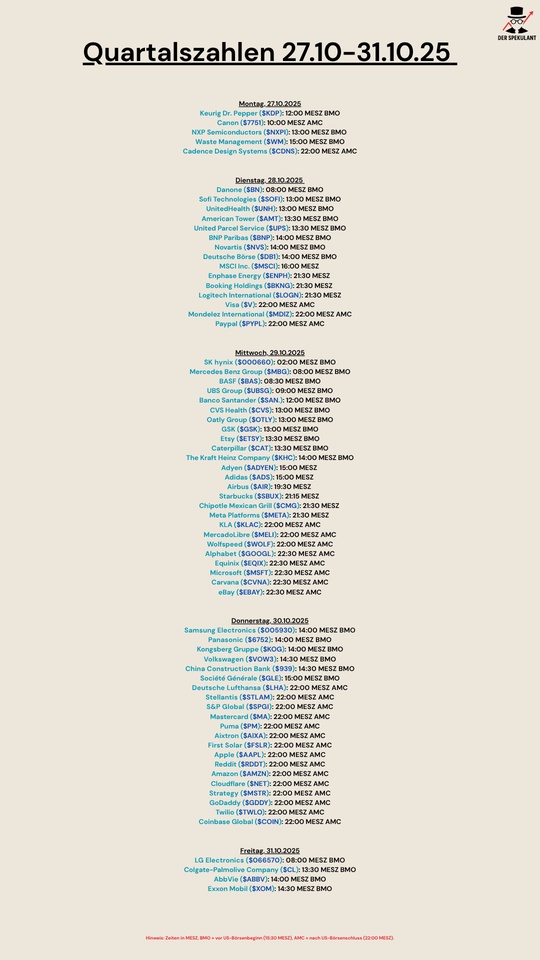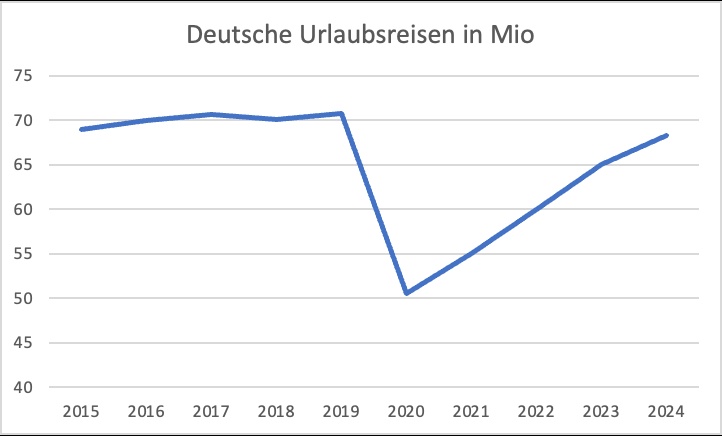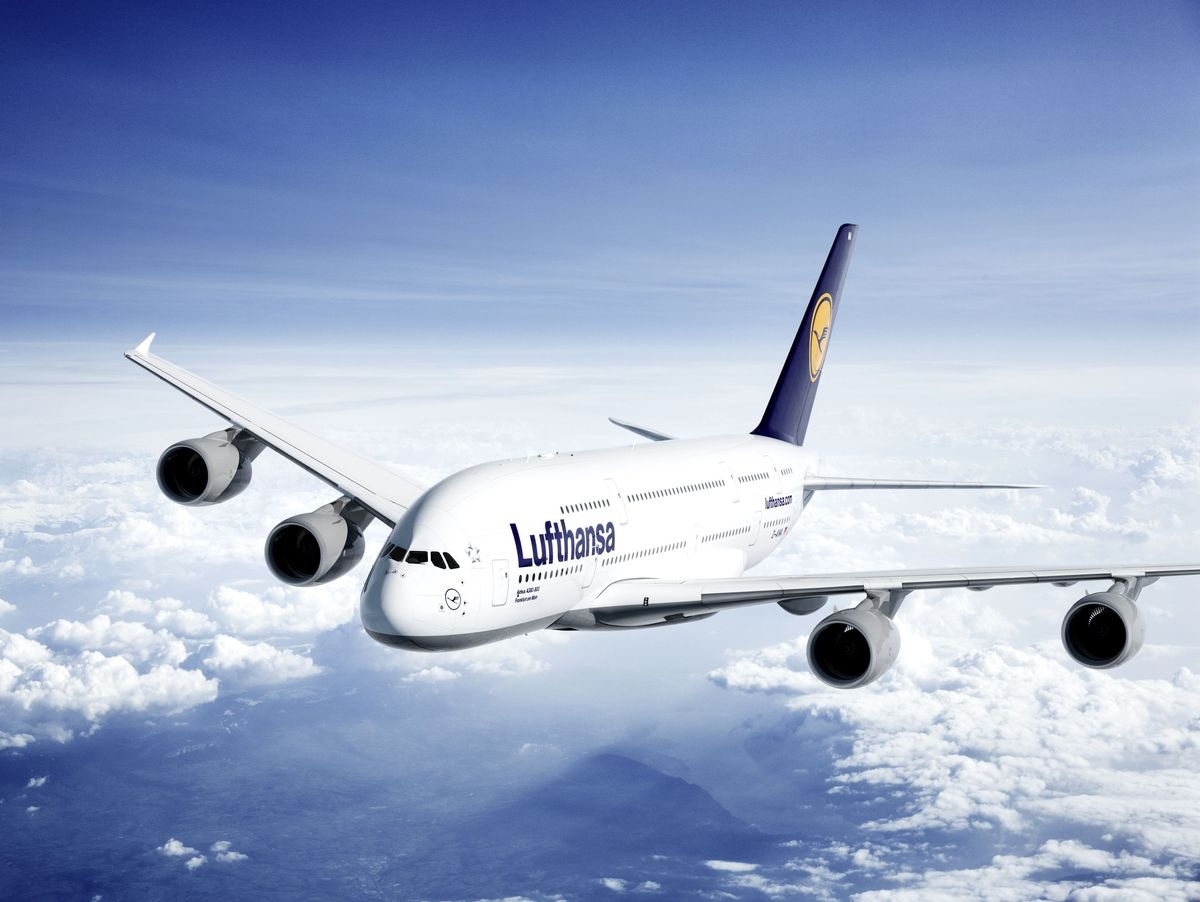In July and August 2024, I bought Lufthansa shares because I had identified a bottom (the first tranche was at €6). After a rollercoaster ride in which the position was up over 40% at times, it is now almost back to plus minus 0. What has happened since then?
Positive developments
Lufthansa has 7.8 billion euros on kerosene in 2024 spent on kerosene. This makes kerosene the second largest cost item for Lufthansa, directly after personnel costs. In comparison: revenue amounted to 37 billion euros in 2024. Good news for Lufthansa is therefore that the oil price (on which the kerosene price also depends) has been on a downward trend since 2022 and has already fallen by more than 50% from its last peak.
Lufthansa is gradually taking over ITA Airways, strengthening its presence in the southern European market.
Due to Corona, the number of vacations in Germany has fallen significantly, but is well on the way to returning to pre-Corona levels.
And another little nice to know, surprisingly for me, there are still no declines in USA bookings despite the new US entry policy.
Negative developments
Since the Russia - Ukraine war Lufthansa no longer flies over Russia. A flight ticket is estimated to be 5-10 percent more expensive and the flight takes about 2 hours longer. Chinese airlines can fly via Russia and are competing strongly with Lufthansa's Asian business. In general, Lufthansa is in an intense price war, especially with low-cost airlines. intense price warwhich is putting pressure on margins.
Due to the tariff war will result in less trade between China, the USA and the EU in future, which means that Lufthansa will transport fewer goods. Lufthansa Cargo accounts for 10% of revenue. However, I do not expect any major losses here.
Lufthansa wants to cut jobs and reduce costs, among other things by transferring flights to cheaper subsidiaries such as City Airlines. This leads to a conflict of interest with VC (Vereinigung Cockpit), as experienced Lufthansa pilots are to be replaced by cheaper staff. VC is therefore repeatedly threatening to strike. However, VC must also pay attention to its image. I think large-scale strikes are very unlikely, but strike threats or 1-2 day warning strikes are possible. A one to two-day strike would cost Lufthansa around 100 million in revenue plus a loss of passenger confidence, depending on the extent, but even then I would expect a short-term drop in shares of a maximum of 5%.
Lufthansa is currently modernizing its long-haul fleet with new, more efficient aircraft, which is positive for the time being. At Airbus, but especially at Boeing, however, there are often supply chain problems. For example, Lufthansa ordered 20 Boeing 777-9s in 2013, which were due to be delivered in 2020. It is now clear that they cannot be delivered until 2026 at the earliest.
With a P/E ratio of 5.4, Lufthansa is a bargain. There are some risks, but they are manageable. Unlike many other companies, which have also fallen sharply in recent days, I don't think they will be hit too hard by the tariffs and could therefore recover quickly.
Sources
https://www.reuters.com/business/aerospace-defense/chinese-airline-competition-lowering-lufthansas-asia-profits-executive-says-2025-04-04/?
https://www.reuters.com/business/aerospace-defense/pilots-union-breaks-off-talks-over-lufthansas-cuts-plans-sources-say-2025-04-02/?
https://www.reuters.com/business/aerospace-defense/all-flights-into-europe-must-avoid-russia-fair-competition-lufthansa-says-2024-10-16/?
https://www.reuters.com/business/aerospace-defense/lufthansa-says-no-decline-us-bookings-despite-stricter-border-policy-2025-04-01/?
https://www.businessinsider.com/boeing-777x-first-delivery-lufthansa-delays-kelly-ortberg-2025-1?
https://de.statista.com/statistik/daten/studie/151947/umfrage/anzahl-der-urlaubsreisen-in-deutschland-seit-2005/
